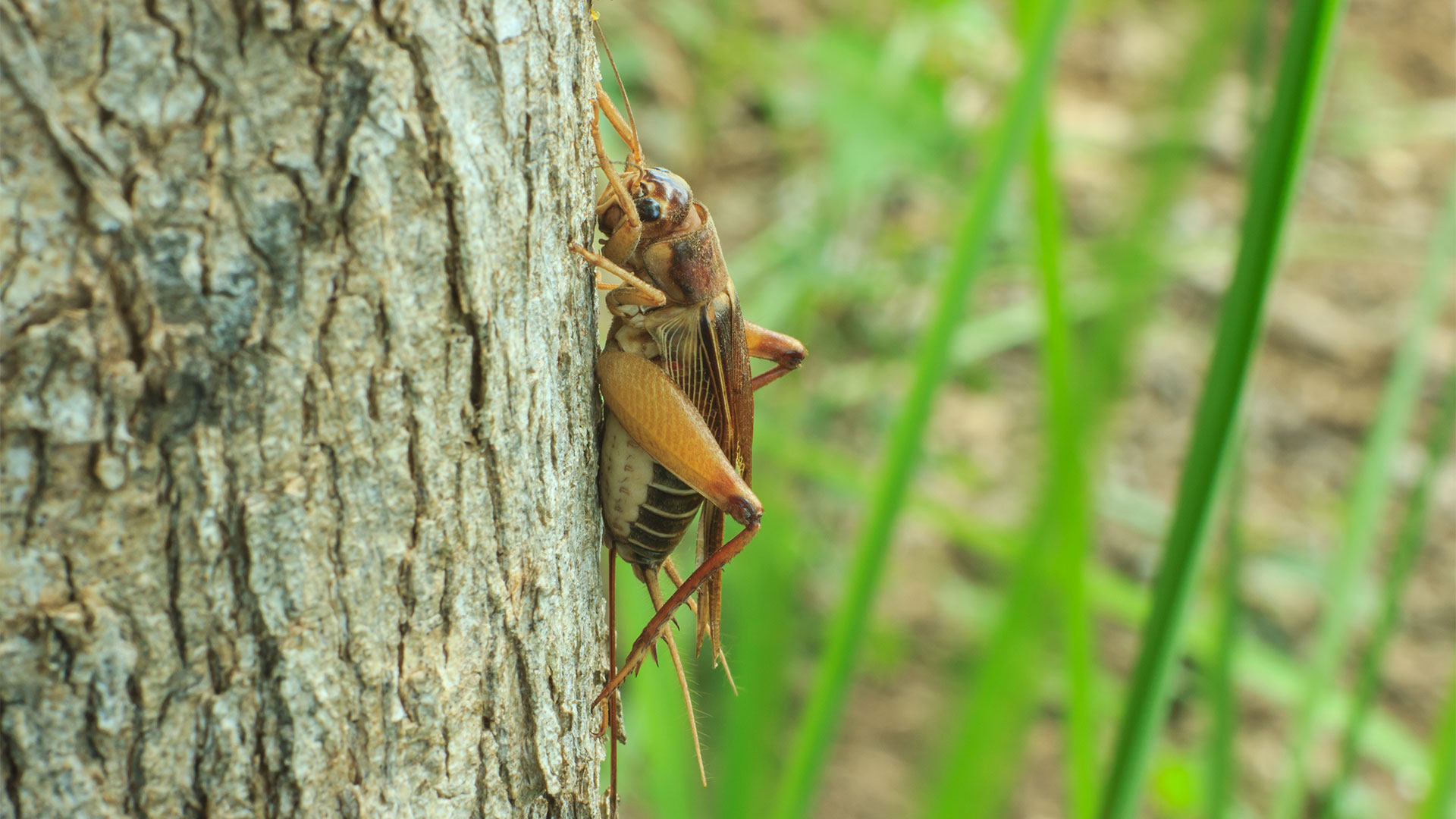
Washington refrained from pointing the finger at Rahul Castro for “attack” on its staff as it had no firm evidence. Now researchers reckon they know the identity of the guilty party.
As the history of the fraught, sometimes exceedingly dangerous relationship between the US and Cuba goes, the withdrawal by Washington of more than half its embassy in 2017 after they suffered a “sonic attack” is certainly one of the more curious and mysterious episodes.
At the time the US said the “specific attacks” had left at least 21 of its embassy staff in Havana medically affected, with the officials exhibiting a range of physical symptoms, including hearing loss, dizziness, tinnitus, balance problems, visual problems, headache, fatigue, cognitive issues and difficulty sleeping. Some even reported permanent hearing loss and traumatic brain injury. Employees were said to have been targeted in hotels and official residences, not in the US embassy itself.
A diplomatic row broke out as a result, with US officials claiming the government workers had been targeted with some kind of covert sonic device. At the same time though, it proved difficult for the US investigators to determine who or exactly what was responsible for the attacks.
The incident was a setback for Barack Obama’s historic rapprochement with Cuba at the time, prompting the US to not only pull out staff from Havana but also issue a warning to US citizens not to visit the Caribbean island.
Cuba denied any involvement or knowledge of the alleged “sonic attacks”. The US did not directly blame Havana, but did accuse President Raul Castro’s government of failing to protect American personnel.
Now however, researchers in the UK and US say there is “strong evidence that an echoing cricket call, rather than a sonic attack or other technological device” was responsible for the noises.
According to Sky News, the researchers studied audio recorded by US staff in Cuba which was released by Associated Press in 2017. They found that the sound matched “in nuanced detail” the calling song of the Indies short-tailed cricket, known as Anurogryllus Celerinictus.
The researchers, Dr Fernando Montealegre-Zapata, professor of sensory biology at the University of Lincoln, and Alexander L Stubbs from the University of California Berkeley, said playing the crickets’ call on a loudspeaker when recorded indoors produced a sound “virtually indistinguishable” from the alleged sonic attacks.
“This provides strong evidence that an echoing cricket call, rather than a sonic attack or other technological device, is responsible for the sound in the released recording,” they said.
They added that their findings highlighted the need for “more rigorous research” into the source of the injuries suffered by embassy staff, including potential psychological causes.